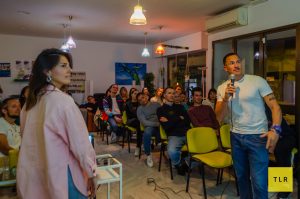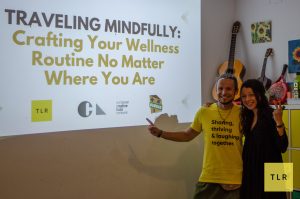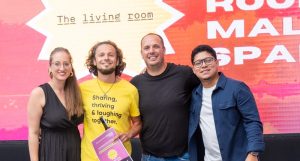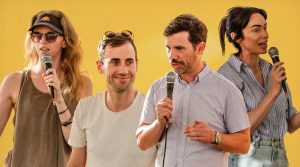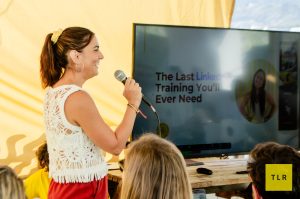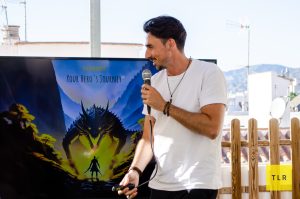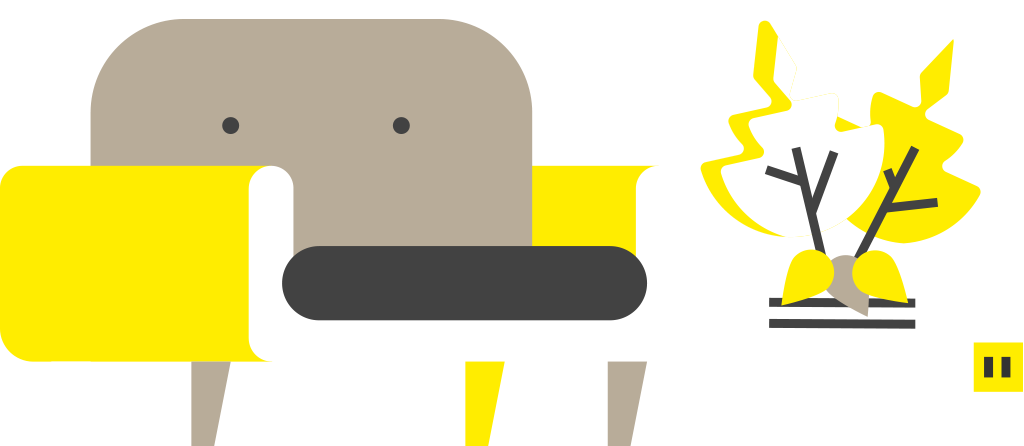Filmmaker Sam Watkins took to the stage at TLR Coworking’s recent TGIF event, screening his moving short documentary ‘The Vanishing Strings of the Andes’ about the endangered profession of guitar making in Ecuador. Here, Sam writes about the documentary and summarises the talk he gave to TLR Family members afterwards.
(For context, we recommend you click this link to watch Sam’s 12-minute short documentary BEFORE you continue reading this article!)
First of all, I want to thank everyone at TLR Coworking for being a part of this TGIF event (and subsequent blog post) and watching my documentary, ‘The Vanishing Strings of the Andes’. It means the world to me to share this film with you all and to have this opportunity to talk about how it all came together.
When I first started working on this documentary, I knew I was taking on a significant challenge. Making a short film is often done with friends, close to home, and on a shoestring budget. But I decided to take a different path… one that would lead me to Ecuador, a foreign country with a different language and culture. It was an ambitious choice, considering I had never been to Ecuador, had never worked professionally with the people involved, and had never even met them in person before starting this journey.
The Spark of Inspiration
Having heard this, many people have asked why I chose this specific topic as the subject of my very first short documentary.
The inspiration for it struck me when I came across a small travel article about guitar makers in Ecuador. There was a photo of José, one of the talented luthiers who you’ve seen in the documentary, and another photo of misty mountains. The images stayed with me, and I knew I had found a personal project that I wanted to work on. I deeply wanted to go there, meet the luthiers, capture the beauty of their craft, and shed light on the challenges they face in a rapidly changing world.

Challenges Along the Way
The journey to Ecuador was not without its hurdles, however. With multiple flights and delays, and one missed connection, it took some serious determination to get to Cuenca, the production base close to The Route of the Guitars. And let me tell you, my Spanish skills were put to the test. I thought I had a decent grasp of the language… until I started talking to people in Ecuador! The local dialect and accents caught me off guard, but I was determined to overcome the language barrier and connect with the artisans on a personal level.

Crafting the Narrative
The production days were filled with excitement and challenges. The interviews with the luthiers went really well, but we had to deal with a number of unexpected background noises during the shoot. In post-production, we used an AI tool to remove the distractions and, thankfully, it worked like a charm. It’s amazing how those little details can make all the difference in creating an immersive experience for the audience.

A Fortuitous Turn of Events
Originally, I had budgeted for only two days of production for ‘The Vanishing Strings of the Andes’, but fate had something else in store for me. Someone mentioned that the guitar makers would be selling their wares at a market in Cuenca the very next day. It was a spontaneous decision to extend the shoot to capture the market, but I felt it would add a natural conclusion to the documentary. I decided to go for it, and was rewarded with some incredible moments that truly resonated with the audience and provided the sombre conclusion that you saw.
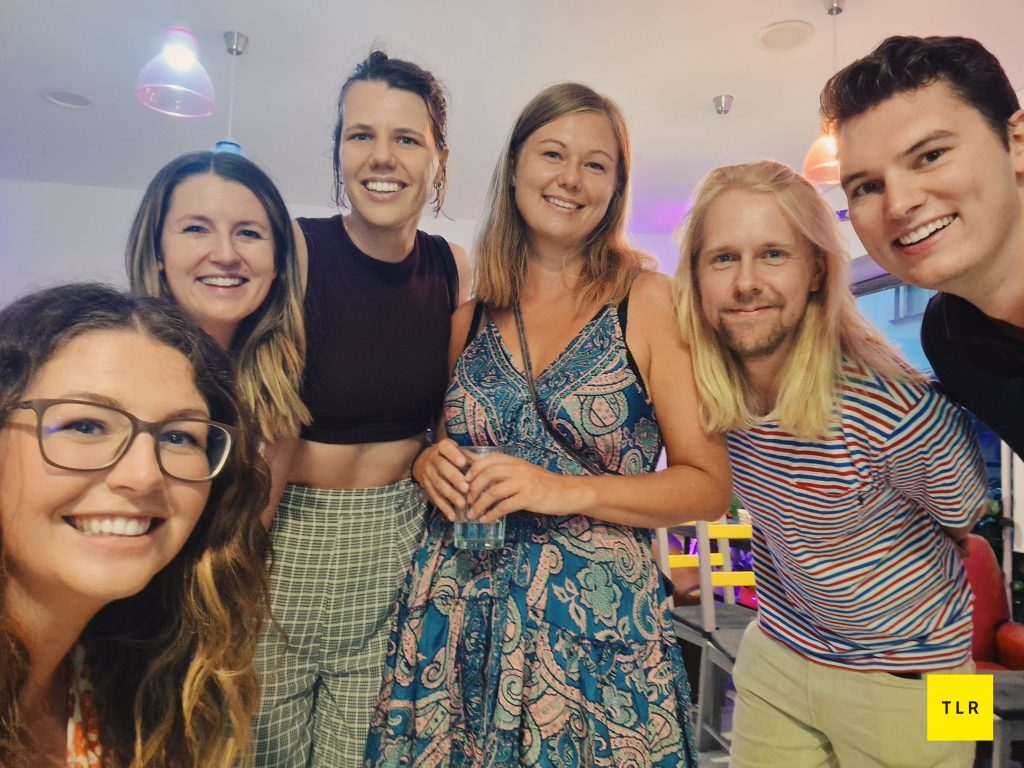
The Post-Production Puzzle
A different, but even bigger, challenge began once I returned home with a terabyte of data and hours of footage. All of it was in Spanish, and half of it was incomprehensible to me. So I sought the help of a local translator and TLR Family member (thanks Rocío!) as well as a transcriber from Ecuador (thanks Marcela!) to accurately translate the dialogues and preserve the essence of the artisans’ stories. It was a painstaking process, but I knew it was essential to make the documentary authentic and relatable.
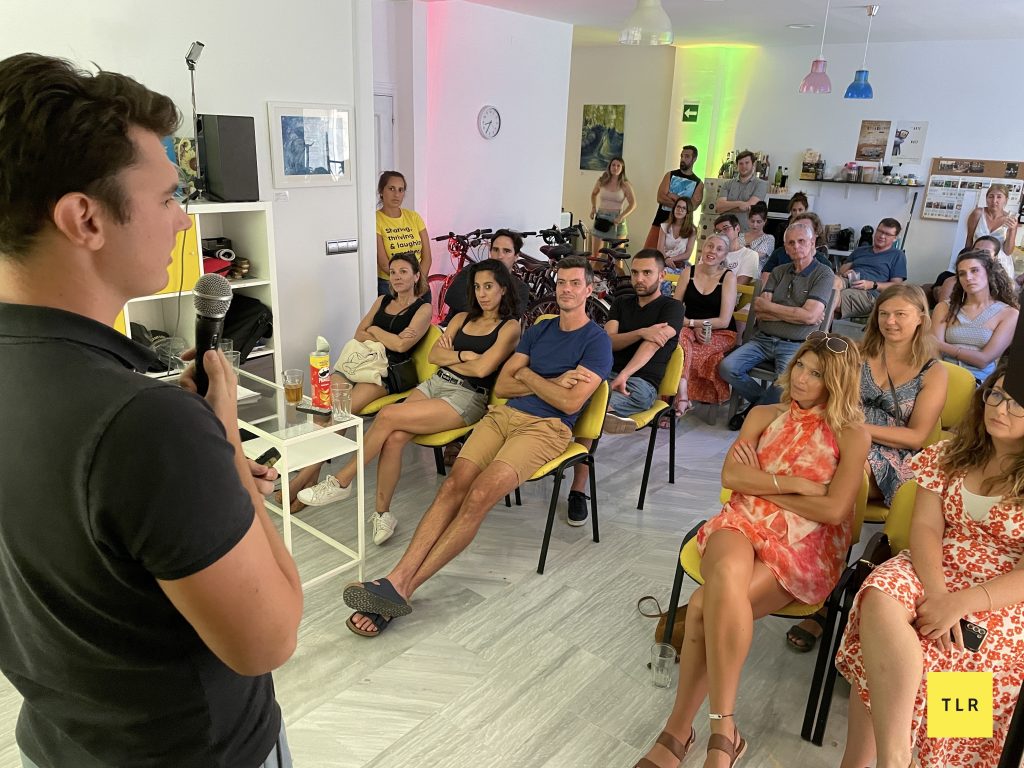
Promotion and Recognition
After completing the film, I quickly realised that my job as a filmmaker wasn’t done. I had to promote it – to ensure that it reached a wider audience, and made an impact. With the support of some amazing friends we tackled the marketing and distribution aspects, from graphics (thanks Carlos!), to social media campaigns (thanks Kelly!) and film festival submissions (thanks Rebekah!). It was a lot of hard work, but seeing the documentary picked up by multiple distributors and selected for multiple film festivals made it all worthwhile.

Lessons Learned and Looking Ahead
While I very much threw myself into the deep end with this documentary, in the end it was well worth it – not only because the piece was picked up by distributors and has been included in multiple film festivals, but also because of the amount of lessons I learned in such a relatively short period of time.
Some, though not all, of what I learned includes:
- Don’t be afraid to take risks.
- When creating a budget, don’t just think of production costs – also think of the costs that come after your film is finished, such as marketing, social media, press releases, an email provider for sending newsletters, applying to film festivals etc.
- When writing interview questions, think of what answers would work best on camera and phrase your question with that in mind. Don’t ask yes or no questions. And don’t be afraid to ask what is essentially the same question in multiple different ways. Each time, you’ll get a different response and you’ll have more choice when it comes to the editing stage.
- When editing music and atmospheric sounds into the piece, research how much the licensing for it costs and what it includes BEFORE you do the editing work!
- For post-production, give yourself a deadline… and stick to it.
- Absolutely get help from a professional when submitting to film festivals. Worldwide, more than 13,000 film festivals are currently in operation. You need to know which ones to submit to, so that you can give your film the best chance of success.
- Don’t be afraid to ask for help – people are often far more willing to go above and beyond for you than you realise.
Overall, the journey of making “The Vanishing Strings of the Andes” has been a tremendous learning experience for me. It has taught me the significance of perseverance, planning, and the power of storytelling. This documentary has given me more than just a film; it has given me invaluable lessons that will shape my future projects. And for that, I am eternally grateful.
*If you enjoyed Sam’s documentary, ‘The Vanishing Strings of the Andes’, please do consider rating and/or reviewing it on IMDB.
About Sam

Sam, who has been a TLR member since December 2021, is a talented UK-born filmmaker.
In the past, Sam has worked for BBC Scotland as well as various high-profile, London-based video production agencies where he created social media spots for major studios such as Paramount, Warner Brothers, Universal, and Sony Pictures.
In 2020, Sam launched his own company, Watkins Films Ltd, and now works with corporate clients such as The Economist, GSK, and Guinness. He also runs an independent production company focusing on uncovering hidden or underserved stories with the potential for global reach.
Find out more about Sam by following his Instagram account @WatkinsFilms.
To read more blog posts by TLR members, check out our blog feed here. You can also click here to learn more about TLR subscriptions.


